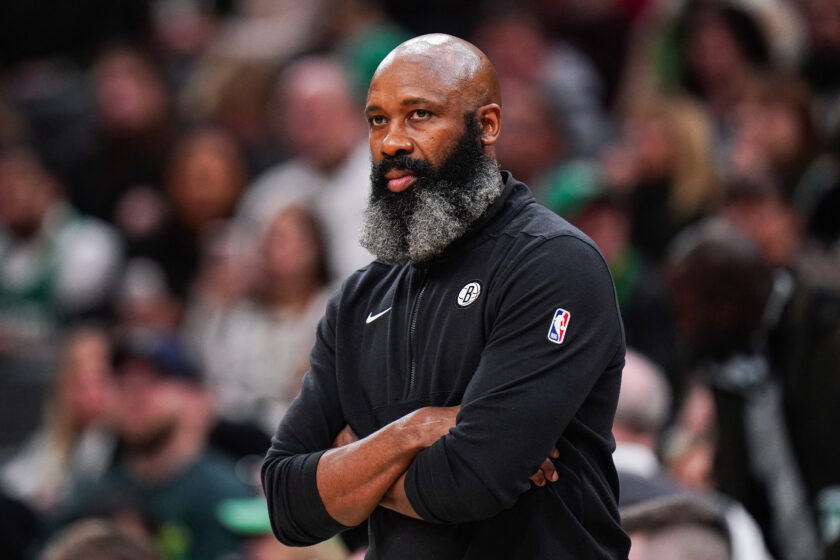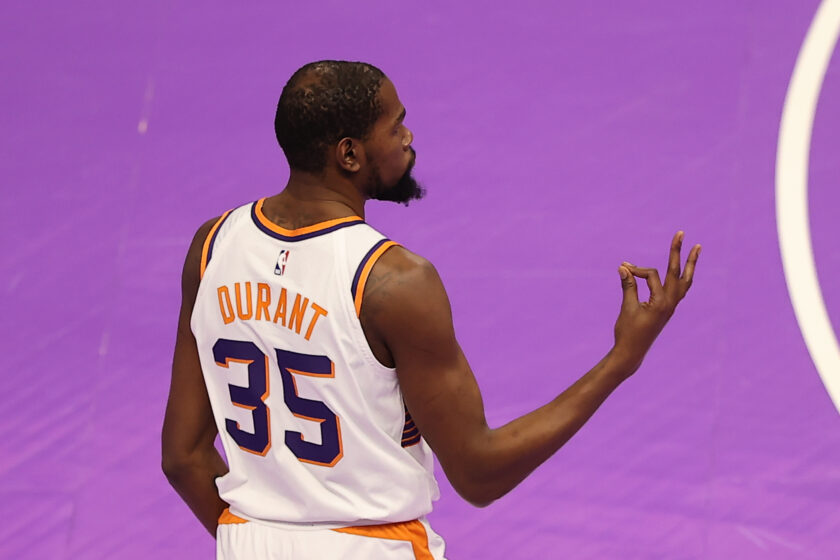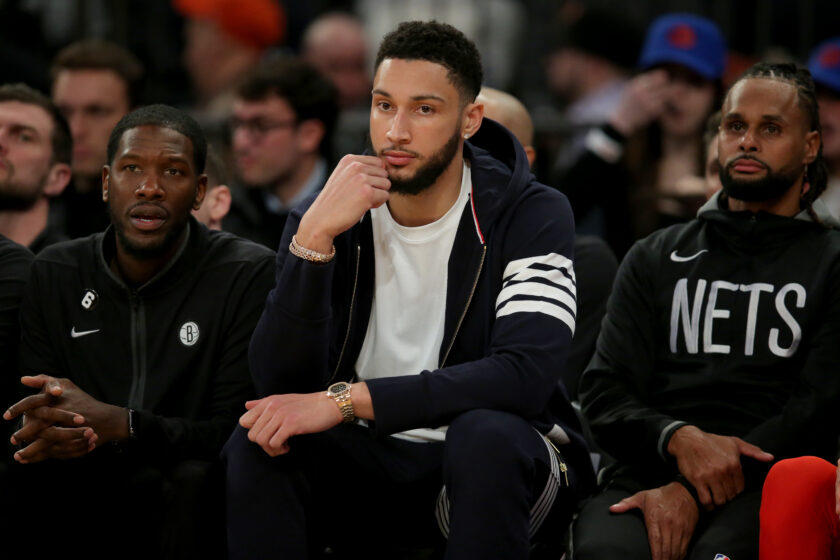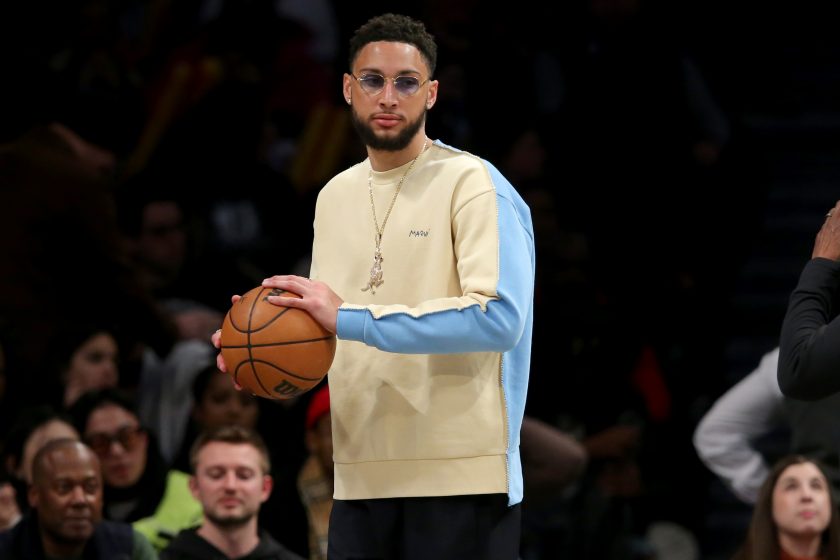Brooklyn Nets: Kevin Durant’s future explained by 12 minutes of the NBA Finals
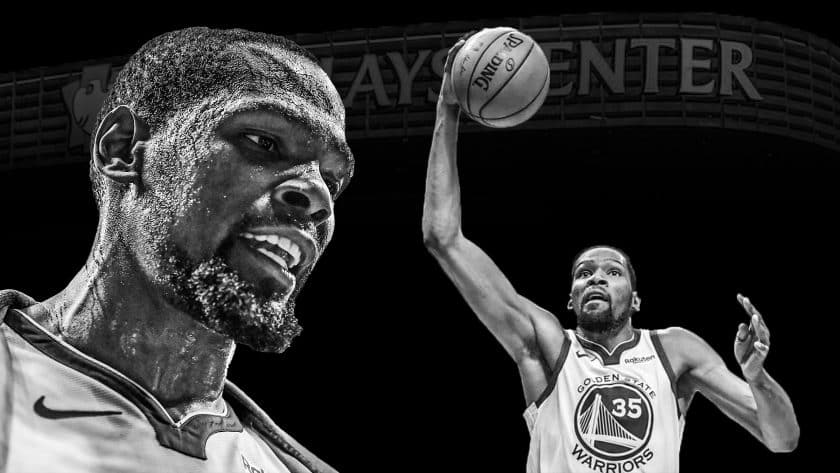
Game 5 from the 2019 NBA Finals offered insight into what Kevin Durant may look like as a member of the Brooklyn Nets.
[sc name=”Matt Brooks Banner”]I wouldn’t blame you if Kevin Durant‘s decision to sign with the Brooklyn Nets triggered a myriad of emotions. On one hand, Sean Marks landed a regular-season MVP with two-time Finals MVP credentials. On the other, the excited fans filing into the Barclays Center won’t get to see KD step on the floor until mid-February at the earliest. Even when Durant makes his big return, we have no idea if he’ll be the same 7-foot sweet-shooting dynamo of old.
For most, it’s been an internal battle of swapping between building and tempering expectations. Alas, like many things we don’t quite understand, fans and media members have turned to more pseudo-analytical approaches to evaluate Durant’s comeback; his injury has become a game of numbers.
All sorts of percentages have been thrown around — 75%; 80%; 90% — to describe Kevin’s return to form. It’s conceivable that Durant will lose at least a portion of his bounce and speed after completing his rehabilitation.
We’ve already witnessed what a diminished KD may look like. Durant’s performance from Game 5 of the 2019 NBA Finals may offer the clearest picture for what the future has in store. Let’s hop into a time machine and travel back to that fateful night.
Kevin Durant was a game-time decision for Game 5, cleared to play just 90 minutes before tip-off. The excitement in the Scotiabank Arena was certainly brewing. Durant had missed more than a month of playoff basketball with a calf strain — an injury that had plagued him in years past. Golden State was, of course, down 3-1 in the series versus the Toronto Raptors. What better way to fuel a historic comeback than to have the best player in the league (at that time) step on the hardwood. The stage was set.
Two minutes into the game and Durant already made his mark. Like many times before, Durant — a 40.8% catch-and-shoot guy from deep — stepped into a key three-ball over the outstretched arms of Pascal Siakam.

Durant, feeling himself, struck again just 42 seconds later. KD detonated a wing three via a skip pass from Klay Thompson.

The post-Achillies tear version of Durant has regularly been compared to surefire Hall of Famer, Dirk Nowitzki. Looking at the clip above, it’s easy to see why. In just 0.5 seconds, Durant is able to trigger a three-pointer in the grill of the league’s best perimeter defender, Kawhi Leonard.
This is a tightly contested look, yet KD’s rare combination of a high release point, precise accuracy, and a dangling 7-foot-5 wingspan makes the shot look effortless. He does all of this without even having to reorient his body. Talk about physical gifts!
What separates KD from Dirk, however, is his ability to handle the ball in transition and create his own looks. Below, Durant again evades the Klaw’s lockdown defense thanks to a nifty high ball-screen from former teammate Draymond Green. Picture this same play with Jarrett Allen or DeAndre Jordan, both of whom ranked within the top-10 in screen assists, in Draymond’s place.

Kudos to Serge Ibaka for recognizing that Kawhi was in trouble following Draymond’s high pick. Ibaka rotated correctly and stepped towards KD the second he approached the three-point line. It didn’t matter. KD was oozing magma from his fingertips and practically walked into the straightaway three-point shot.
Durant was nice enough to give the hungry Warrior fans (edit: or should I say Nets fans?) some nuggets on the other side of the floor. Midway through the first quarter, Kawhi Leonard pushed the pace after nabbing a steal. Seeing an opening, Leonard eeked in a pocket pass to the speedy Pascal Siakam. Siakam gathered, took a step and prepared a seemingly open up-and-under layup.
Unfortunately for Siakam, Durant had other plans. In one swift jump, he pinned the ball against the glass, erasing Toronto’s transition attempt with cruel smugness.

Rewatch that clip a couple of times and I’m sure you’ll notice something. After blocking Siakam’s shot into oblivion, Durant came down hobbling. We learned this after-the-fact, but Durant likely wasn’t 100%. Plays like this suggest that, even at the moment, KD wasn’t feeling up to his full self. It’s fair to say he appeared around 80% of his full propensity. (Sound familiar?)
There were other instances when Durant seemed to be missing his top-end athleticism. Here, he settled for a tough 18-footer with Siakam crowding his airspace. Notice how Durant attempted to create some separation with a few crossover dribbles but to no avail.

To be clear, very few players can get by Pascal Siakam, a cagey defender who received 48 total All-Defensive votes. Still, though, one has to wonder if Apex KD could generate a better look.
Game 5 provided a baseline into a world in which Durant is a different player. His scoring diet consisted of catch-and-shoot looks and one gutsy transition three. Durant didn’t attempt a single drive and realistically barely dribbled the ball, thus offering further evidence he wasn’t 100%.
Even so, Durant filled the stat sheet: 11 points on 3-of-5 shooting, 2 rebounds, 1 block, and 3-for-3 from deep in just 12 freaking minutes. His 7-foot size alone helped him stay strong as Golden State’s de-facto rim protector, and he even flexed his muscles as a switchable perimeter defender.
If this is what Durant looks like after a potentially career-ending injury, then the Nets are in good hands. His shooting touch and size will allow him to launch to his heart’s content against even the most elite defensive teams.
[sc name=”Nets Center”]On the other side of the floor, Durant can almost quite literally stand completely still and extend his 9-and-a-half foot standing reach to deter opponents on the attack. With an elite basketball IQ, a body that was practically designed in a lab to play ball, and an all-time all-around skillset, I believe Durant can conquer June’s traumatic tragedy with sheer talent.
Physically speaking though, there’s a chance that Durant’s burst is somewhat hampered. A dampened first-step could make it tougher for the 10-time All-Star to create his own shot in isolation. Brooklyn will need Durant’s new teammate and best friend, Kyrie Irving, to be at his absolute peak as a probing playmaker. We’ve already seen how easy it was for Stephen Curry and Co. to provide easy looks for the 7-foot offensive mastermind.
Now you may be thinking: wait, will Durant receive fewer catch-and-shoot looks without the gravity of the Splash Bros?
While there is a chance this occurs, Sean Marks made a point of filling this roster with as much shot creation and three-point ammo as humanly possible. Brooklyn won’t feature many players who can be ignored on offense, so Durant should have the same amount of space to fire quick-release shots as he did in Game 5.
Durant will surely be Brooklyn’s best player, but his style may change to ensure career longevity. A slightly more stationary approach could preserve his body without killing his effectiveness. Although he was never much of a speedster, Dirk Nowitzki won a championship by becoming the league’s first Unicorn superstar. Even if he loses a step and mirrors Dirk’s sluggishness, Kevin Durant’s versatile basketball palette makes him an even rarer one-horned specimen. Mark my words: June 10th, 2019 won’t be the last time we see Kevin Durant take over an NBA Finals game.
[sc name=”Nets Link Next” link=”https://elitesportsny.com/2019/08/25/examining-team-usas-vulnerability-in-2019-fiba-world-cup-and-beyond/” text=”Examining Team USA’s vulnerability in 2019 FIBA World Cup and beyond” ]An NBA fanatic who specializes in the advanced analytics of the game. I cover the Brooklyn Nets here in the city. Follow me on Twitter for semi-witty basketball tweets. @MattBrooksNBA

